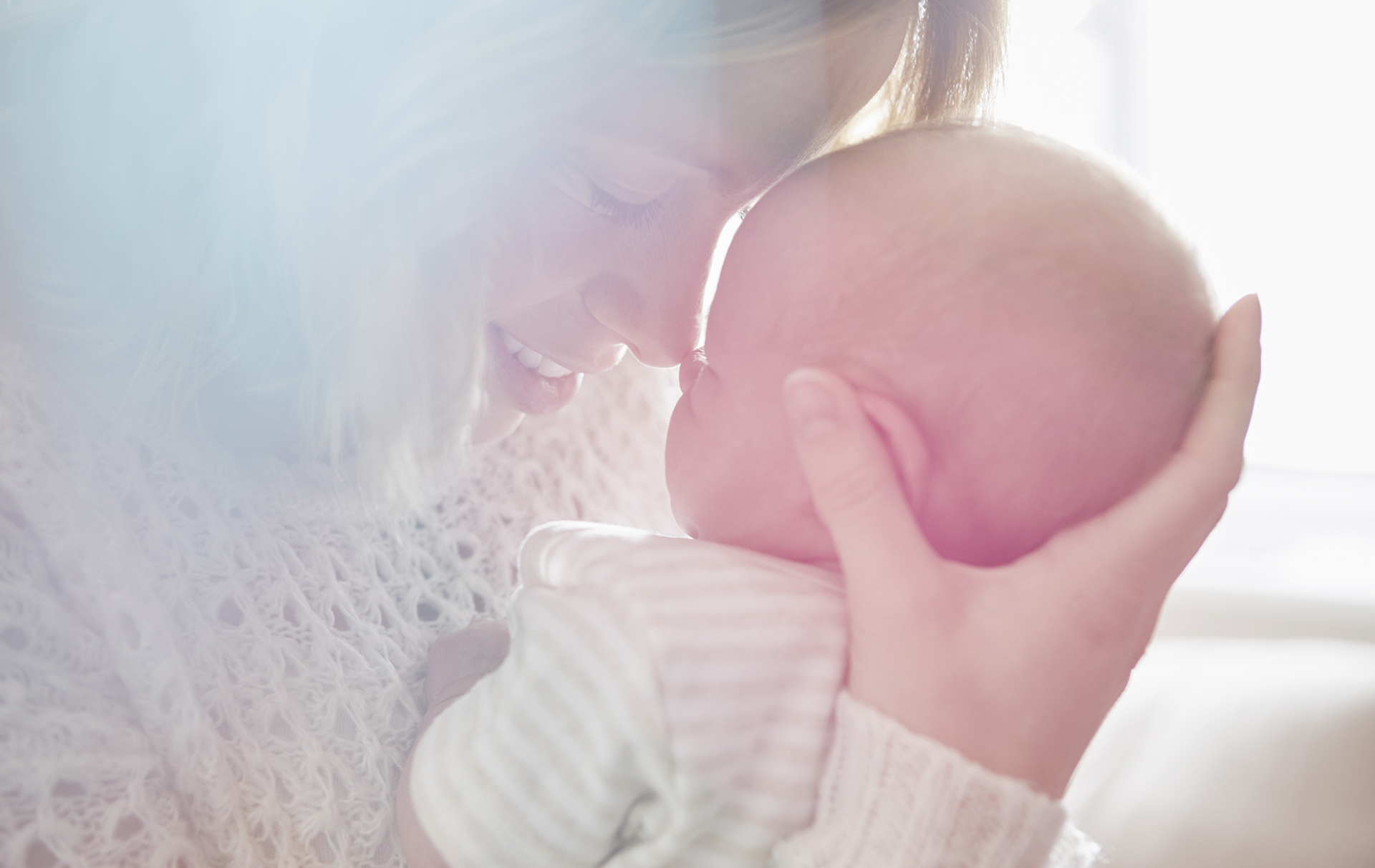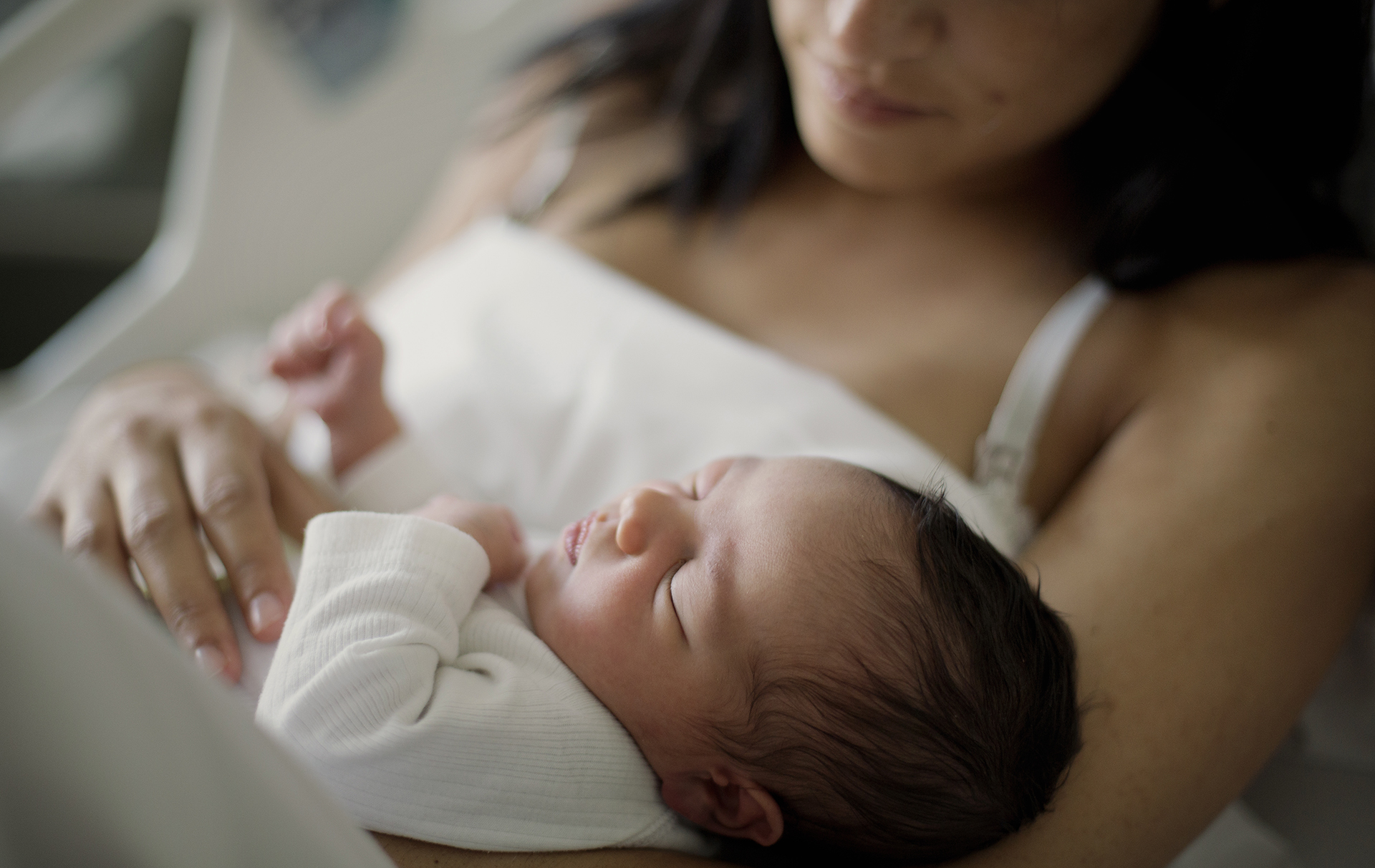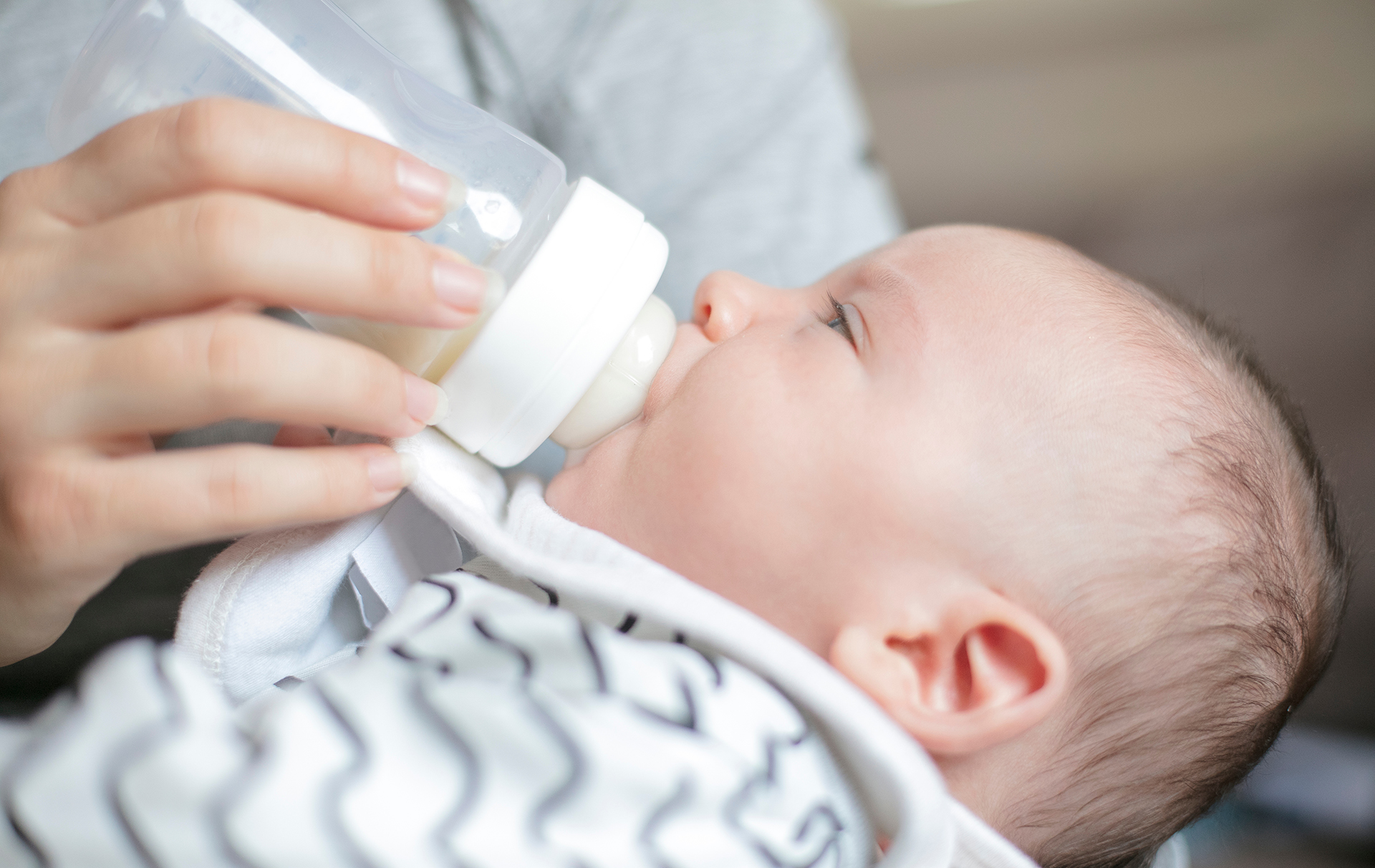The EASY baby routine explained
With the EASY routine, getting babies into a routine is much easier than you think, with baby whisperer, Tracy Hogg's method


While it's completely normal for parents to struggle to get kids their kids to sleep, the EASY baby routine offers an alternative way of getting newborns down so that they can also enjoy some 'me' time.
Many believe that getting babies to fall (and stay) asleep is a case of luck and just the right environment, but experts have been recommending the EASY sleep method for years now as another tried and tested sleeping routine to try. With the assistance of some classic baby sleep aids, parents have largely found that the routine is one of the most successful baby sleep training methods they've used, especially since it allows for valuable personal time for parents, so they can get things done or more likely, have a nap themselves.
So give Secrets of The Baby Whisperer author, Tracy Hogg's simple baby sleep method and routine a try, and you might find that your baby finally nods off for the night.
Here's the guide on how to establish the EASY baby routine and make your life just that much easier.
What is the EASY baby routine?
Getting a newborn into any kind of routine may sound difficult, especially as new mothers are told to feed on demand, but the EASY baby routine for newborns simply means following a set order each day: Eat, Activity, Sleep, You-time.
How often you have to repeat the sequence in the EASY baby routine will depend on how long your baby takes to eat and sleep - and no two babies are the same!

That's it. Of course, each day will be a bit different, but this EASY baby routine is so simple that you'll be able to cope with it, even during those first few weeks when your brain feels like cotton wool and sleep is a distant memory.
GoodtoKnow Newsletter
Parenting advice, hot topics, best buys and family finance tips delivered straight to your inbox.
The important thing is not to get stressed out if your baby is suddenly having longer gaps between feeds or sleeping less. As long as you follow the correct order for the EASY baby routine throughout the day - eat, activity, sleep, you - your baby will grow and, just as importantly, you will still feel as if you have a bit of you-time. Even if it is just a bit.
How to establish the EASY baby routine
E is for eat

In the first few months, babies tend to feed about 6 times a day. Once they are on to solids at around seven months, the number of feeds gets less because they are getting more food at each meal. When working out your EASY baby routine, think about whether your baby is a slow eater or a guzzler and allow more or less time for the feeds.
The EASY baby routine for the first few months also includes cluster feeds and the all-important dream feed when you feed your baby while he or she is asleep. This will help them to sleep through the night.
A is for activity

People used to think that a baby needs to eat and sleep - nothing else. But the A for activity bit makes a lot of sense. If your baby has been busy mentally or physically (in the early days this can just mean looking at a toy or listening to some songs), they are more likely to be tired enough for a nap.
READ MORE: The ultimate baby sleep guide
Just don't overdo it or your baby will be too wired to sleep! As they get older, activity can mean having another baby over to play, or going out to a local park. It's also a good idea to use bath time as the last activity before bed and make sure they have a safe and comfortable cot to sleep in, to avoid any other sleep problems that could arise.
S is for sleep

The EASY baby routine is designed to help your baby sleep through the night and to do this, he or she needs more feeds before bedtime.
Tracy Hogg calls these cluster feeds: what it means is that you give your baby two feeds close together before bedtime at 5-7pm and 6-8pm. She calls this 'tanking up' which should mean more sleep for baby - and you!
Then, while your baby is asleep, at 10-11pm, you give them a final feed for the night, called the dream feed. Obviously the idea here is that your baby doesn't wake up, so no nappy changing, burping and keep lights and noise down.
Baby sleep is hard to predict. Some babies may only sleep for 20 minutes at a time to start with, if that. But as they grow, the naps should get longer until they go down for 2 hours.
Although it's tempting to let your baby sleep for as long as possible, remember that lots of very long naps during the day may make it difficult for your baby to sleep at night.
Also, don't let your baby sleep for too long for the last two naps of the day or they may be wide awake at bedtime!
Y is for you-time

When you're a new mother it can feel as though life becomes one big baby slog. Of course, you love your little bundle of joy to bits, but it's really important that you try to keep up with the things you used to love too, before the baby arrived. Use this 'you time' to phone a friend, catch up with Facebook, read a magazine or have a soak in the bath.
What age should you start the EASY baby routine?
If your baby is around a month old, then it's a good time to begin the EASY baby routine. It will give you some time to work out your baby's natural feeding habits, so you know how much milk they need to be full without overdoing it.
What if it goes wrong?
Babies are not always predictable. Growth spurts, illness, reactions to vaccinations and teething can all temporarily affect a baby's routine, making them sleep less or more, eat nothing at all or suddenly seem as if they're starving all the time!
None of this matters.
Just make sure they've got a good bed, whether that's a traditional moses basket or a cot, and just try to go with the flow and relax.
As long as you follow the steps of the EASY order you're doing great!
Secrets of the Baby Whisperer: How to Calm, Connect and Communicate with your Baby by Tracy Hogg and Melinda Blau, is available from Amazon.

Grace Walsh is a health and wellbeing writer, working across the subjects of family, relationships, and LGBT topics, as well as sleep and mental health. A digital journalist with over six years experience as a writer and editor for UK publications, Grace is currently Health Editor for womanandhome.com and has also worked with Cosmopolitan, Red, The i Paper, GoodtoKnow, and more. After graduating from the University of Warwick, she started her career writing about the complexities of sex and relationships, before combining personal hobbies with professional and writing about fitness.